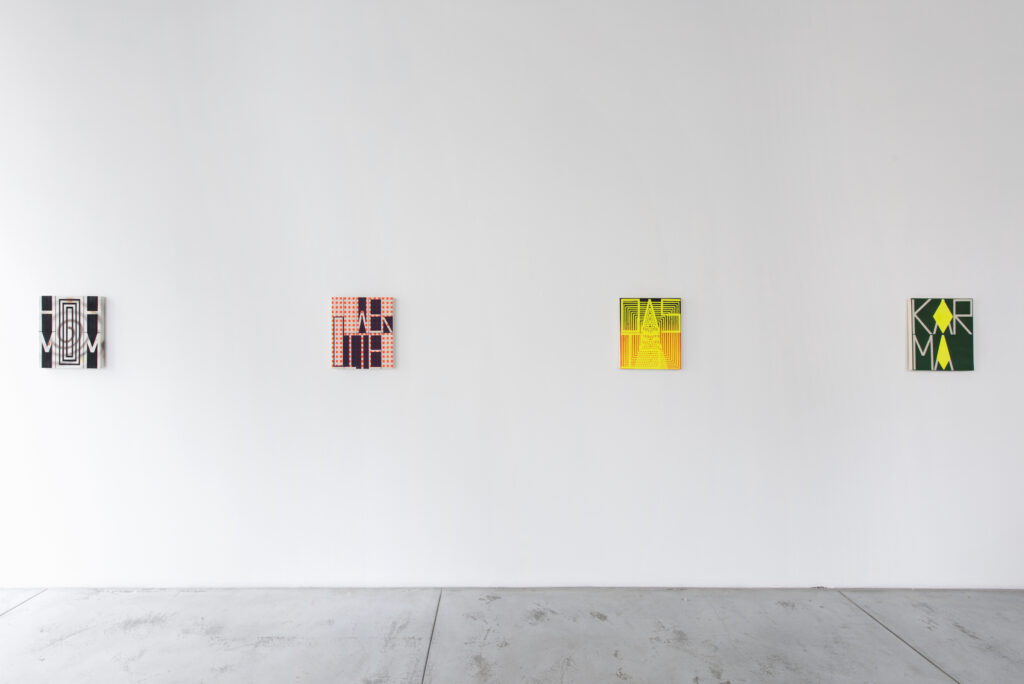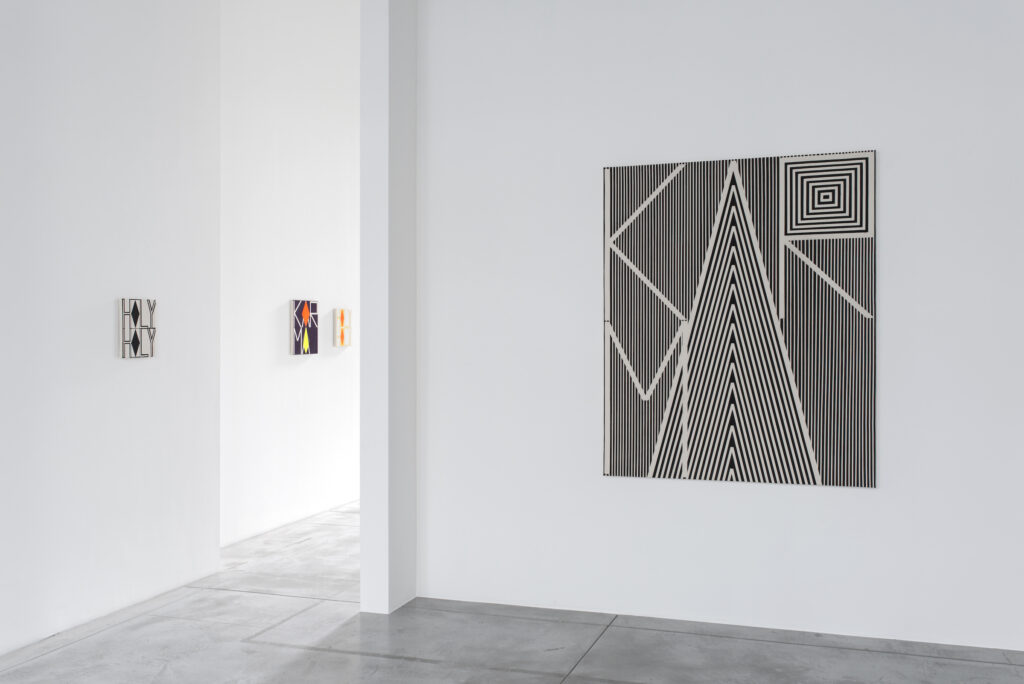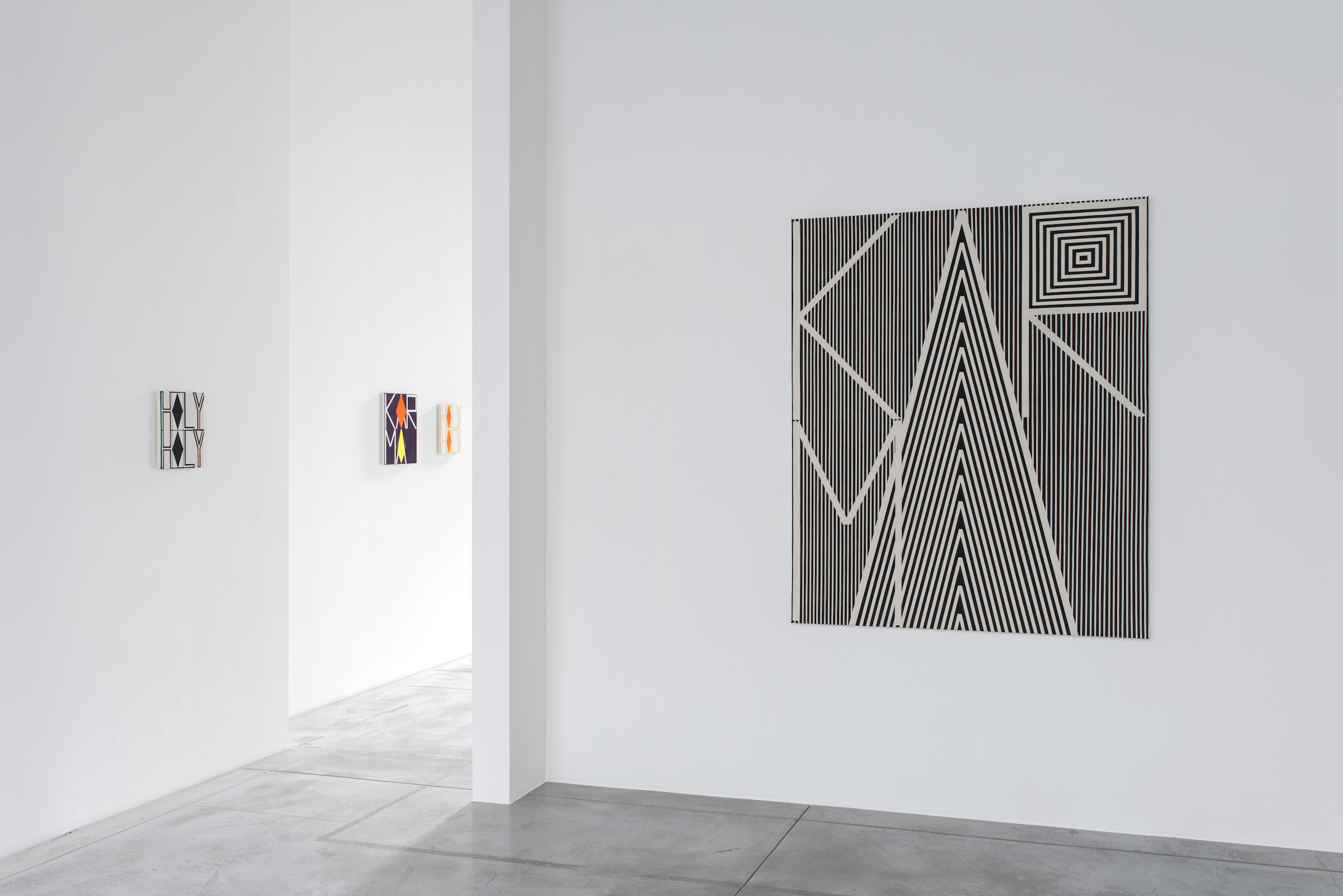Q&A – John Phillip Abbott
Q: Can you tell me about your background?
I left home in Texas when I was 16 to live with extended family in Wisconsin where I began to write and read extensively. I then moved back to Houston, living just a few blocks from the Menil Collection and Rothko Chapel. I was introduced there to Robert Delford Brown, a performance artist that was friends with Allen Kaprow, among others. This was my first introduction into the art world and confirmed that I wanted to study art formally.
Q: What was the first artwork you made?
Growing up, I was always drawing but my first attempt at making something substantial was not until I was in my early twenties. I purchased a large canvas and fluorescent acrylic paint and fused a cartoony figure with a text overlay of something I wrote in vinyl letters. The first successful work I made was a performance piece from undergrad that combined a quote from John Cage, music by Amon Tobin, video of passing clouds, and me riding my bicycle on stationary rollers in a sharkskin suit. The relationship of text and image has always been present, beginning in sketchbooks in high school.
Q: What is most important to you: The Process. The final visual outcome. The material? Or something else?
Spray paint is a very compelling medium. I respond to its immediacy, directness and my inability to control it. I’m not a graffiti artist but appreciate graffiti and its history and find inspiration in some work I find around Albuquerque but feel that what I do is very different. The process is important as is the final visual outcome although I try to leave it relatively opento allow for different conceptual solutions depending on the context of the word or words and feeling within the moment.
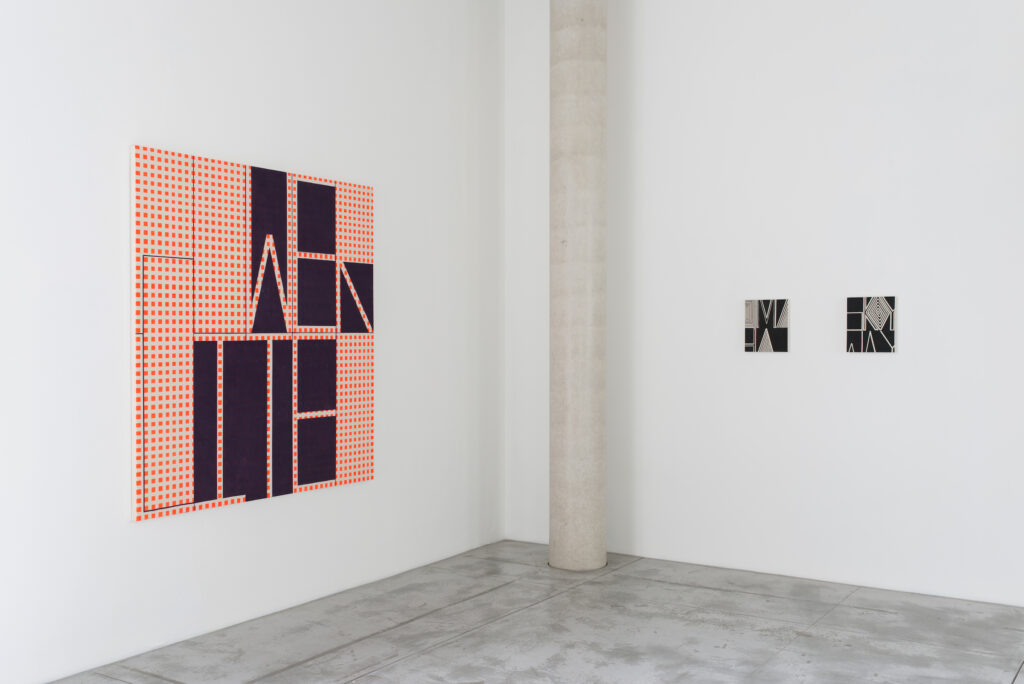
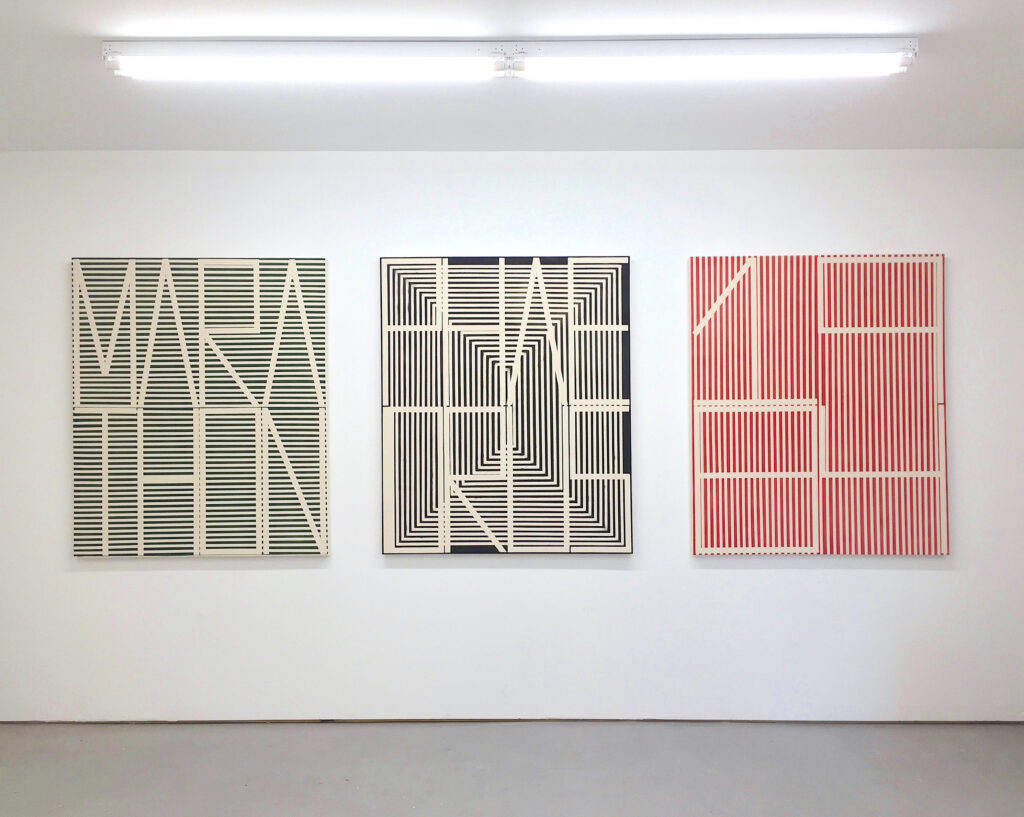
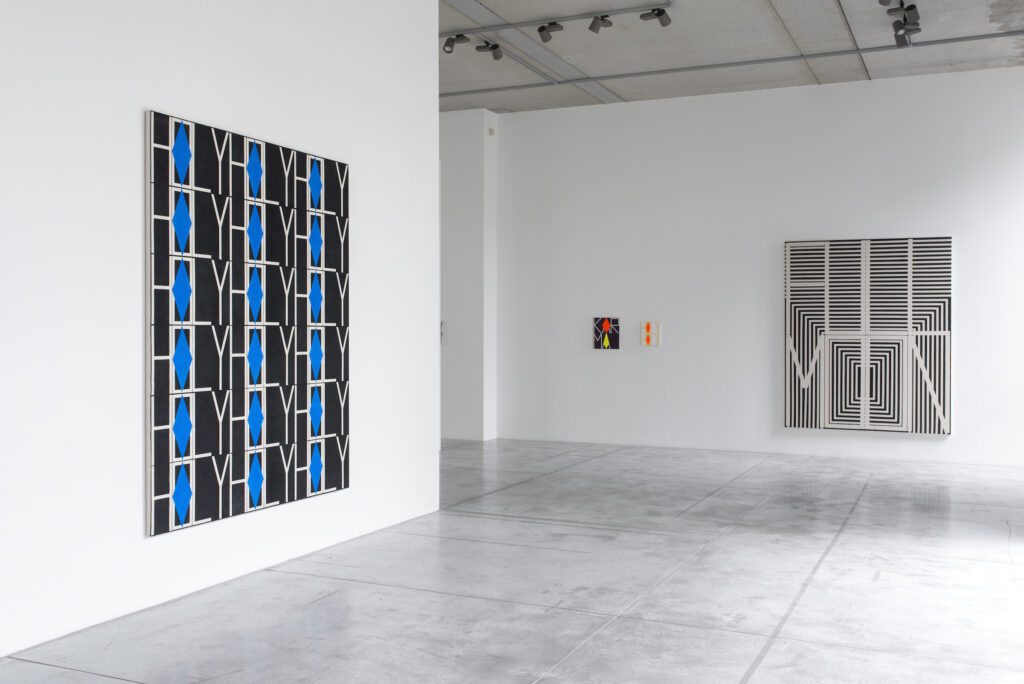

Q: What influences you?
Initially, memories, but sources have become increasingly diaristic over the years. It’s also important for me to have the language that I choose speak to me, my past, painting, the painting process but still be open to allow for rumination and not only be defined by my experience. Books and music are important influences and often words I choose reference book titles or lyrics or song titles that have significance to me but have a life of their own when removed from their original context. My palette is largely influenced from growing up in the 80’s, the professional cycling peloton, running shoes from the 70’s, fashion in general and other artists work, too.
Q: In my view when one sees a painting, they only see 20%. The 80% is all the hidden parts, clues, and secrets that one has to discover. How do you see this ,, or am I way off?
This is probably accurate. I mean, the intuitive reasons we ultimately do what we do as artists, when we can choose from so many different media, source materials, and styles is where that 80% probably lies.
Q: The world and speed of Social media. Living and navigating as an artist within this arena.. How do you see yourself, And how does it affect your work, thoughts, way of living .. Or does it ?
I can easily live in New Mexico and keep tabs on what is happening in NYC, LA, Copehagen(!), and also see what friends are up to, where they are showing, keeping up with their successes. I’m not sure what the impact of our collective dependence on social media is having on society but trust it’s not that great. It can be a drag if you’re not feeling confident in yourself or your practice and stuck in this mode of comparing yourself to others. I like the quote from Roosevelt that “comparison is the thief of joy.” Like all good things, moderation is key. But it’s a valuable tool providing ways to get work seen and discovered. Having said this, like many artists I’m still trying to figure out my relationship to it.
Q: Is it important for an artist to have a gallery and or a presence on social media these days?
It’s important if the artist thinks it is. Personally, I’ve really benefitted from the generous support of galleries and these relationships have become important to me. A presence on social media could lead to galleries being introduced to one’s work but a lot of incredible artists still have relatively small audiences on social media. It still comes down to the strength and relevance of the work.
Q: Some people have the opinion that all contemporary art looks more or less the same these days. Some say it often is designed to look pretty…. Care to comment?
It seems to me there’s more variety in contemporary art then ever. To dismiss it all as “pretty” seems an injustice. In one gallery you might see incredibly strong work that is ugly, challenging, disturbing and the gallery next door might show work that is pretty and champions lightness. I happen to like pretty, intelligent paintings. And what makes a work intelligent is that it is most likely not designed to look this way, rather, it’s a result of how the artist sees and experiences the world around them. How do we make sense of this life? I like painting that has conceptual meat on the bone but the bone itself has nutrition, too. There’s so much varied work being made concurrently it seems difficult to lump all contemporary art into one visual stratum.
Q: Can you let us in on some of the future projects, works?
I’ve just finished up a series of Endless Summer paintings that for me were about the pandemic, memory, and addiction. I’m currently working on a series of On Any Sundaypaintings (both The Endless Summer and On Any Sunday are references to Bruce Brown documentaries from the 1960’s that have a personal significance to me) as well as a series ofSuperweek paintings- The Seven Stages of Superweek. I could see all of these paintings together in a future exhibition entitled The Great Escape, another movie that starred Steve McQueen (who was also in On Any Sunday) that also speaks to my escapist painting process/methodology.
